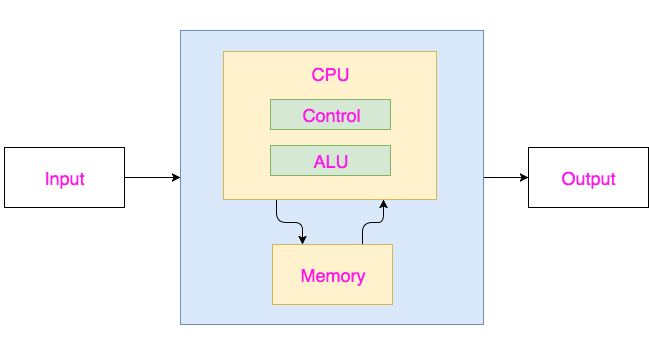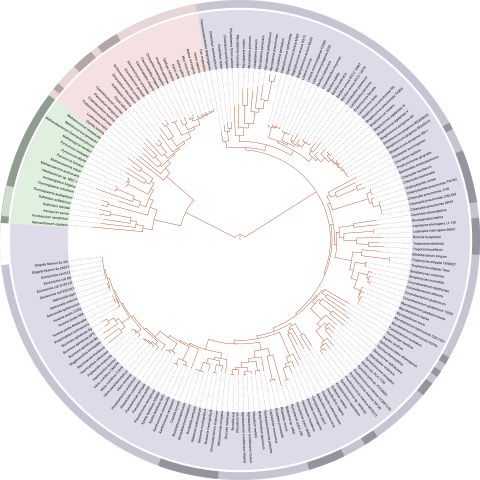Some Computing History
Oldest computers

In many introductions to computing, the Antikythera mechanism is mentioned, which is a 60-gear mechanical astrological calculator made about 2000 years ago.
Arguably, the 1st Stonehenge is a much older example.
Who doesn’t know the huge Neolithic standing stones and lintels? But in fact, the stones are the 3rd Stonehenge. Around the stones is a circle of pits which predate the stones by a millennium. One theory suggests that colored pebbles were put in the pits and advanced by priests each day from one pit to the next.
Using the location of the pebbles, astronomical predictions such as eclipses and equinoxes can be made about the positions of the Sun, Moon, stars and planets.
That would mean the system uses data (the position of pebbles) and a hard-wired model (the placing of the holes) to model and make predictions of real world events.
Since the 1st Stonehenge is about 5000 years old, this would mean ‘computing’ is as old as writing!
Mechanical computing

- An abacus is a frame containing beads capable of representing large integers and performing (by hand) operators including addition, subtraction, multiplication, division, and taking square and cube roots.
- A slide rule represents real numbers by distances and can perform multiplication, division and other mathematical calculations.
- ~ 1800:
- the first ‘mass produced’ mechanical calculator
- the first looms in which patterns were coded in punched cards
- the (incomplete) design of Charles Babbage’s Analytical Engine, which includes 16K memory, an ALU, control flow and even conditional branching. Note that this engine has never been built.
Electric Computers

Highlights:
- The first programmable electromechanical (relay-) computers: Zuse
- Mathematics and computing are closely related (Turing, Gödel)
- Von Neumann model: program is data
- 40’s: vacuum tubes
- 50’s: transistors
- 60’s: integrated circuits
- 20’s: quantum computing
